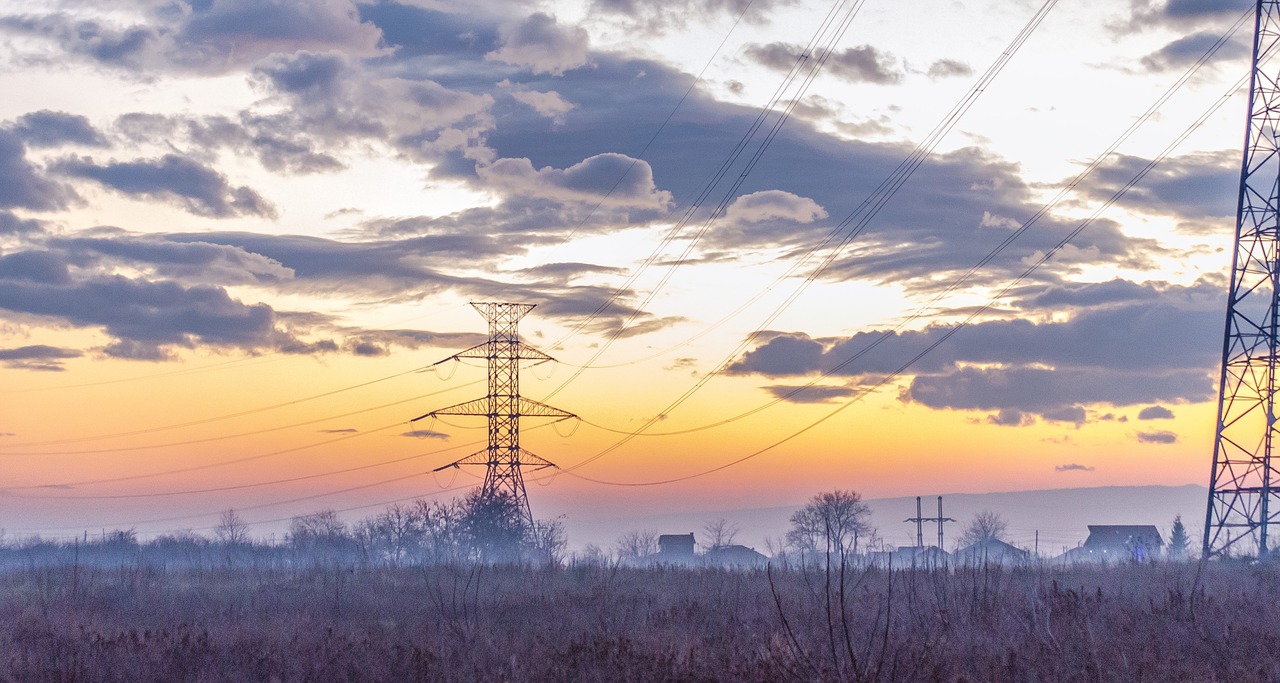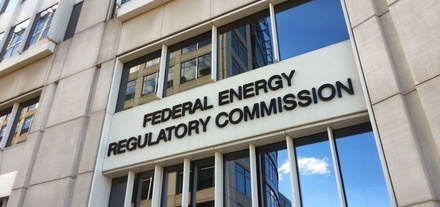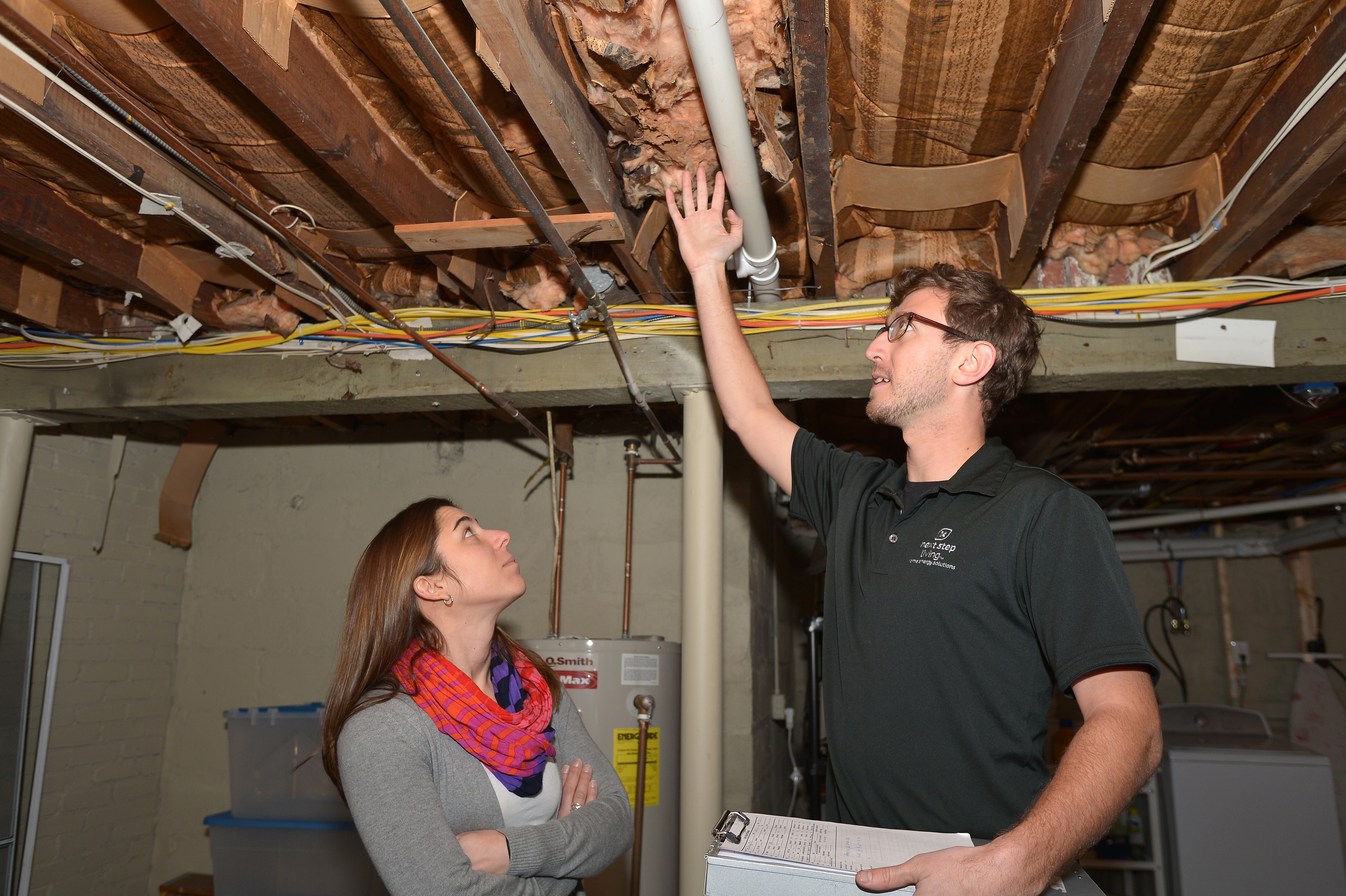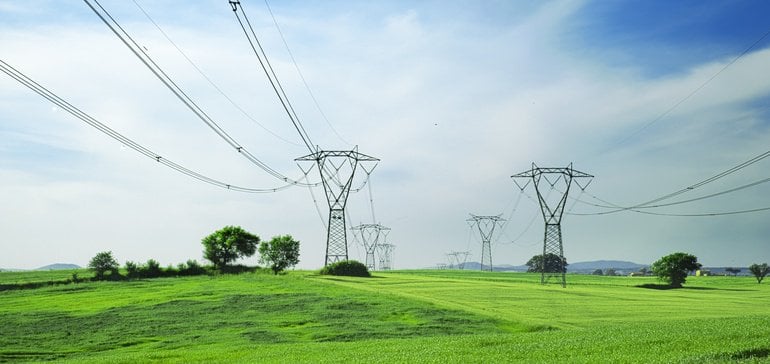
When the U.S. Dept. of Energy’s long-awaited staff report on grid reliability came out in August, a lot of observers didn’t know what to make of it. In the long run-up to the report’s release, we at AEE had worked with our fellow industry groups AWEA, SEIA, and ACORE to challenge the premise of the study as ordered by Secretary Rick Perry, which was that the electric power system was in jeopardy due to the “premature” retirement of baseload power plants – namely coal and nuclear. When the report came out, it largely vindicated our view that cheap natural gas and slow load growth, not renewable energy policies, were forcing uneconomic power plants out of business, and that the changing mix of resources was being managed reliably by grid operators.
This led some observers to call the report a “rorschach test,” allowing anyone to read into it anything they’d like, or even a “nothingburger” (check out the URL to this analysiss). But we at AEE saw in it just enough grounds for proposing out-of-market financial supports for these uncompetitive power plants that would turn electricity markets upside down – and our CEO Graham Richards said so, in a statement picked up by The New York Times. Lo and behold, on Sept. 30 DOE submitted a proposed rule to the Federal Energy Regulatory Commission (FERC) doing just that, and on an accelerated timeline. Since then, a broad-based coalition of industry groups – call them “strange bedfellows” – has been fighting back against this wrongheaded, costly, and unnecessary bailout of failing power plants.



